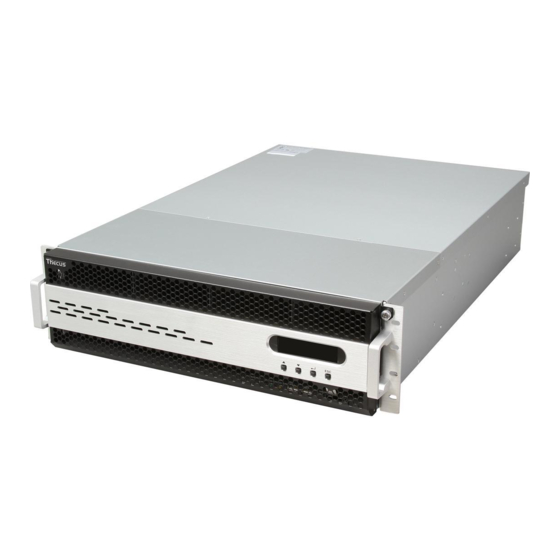
Thecus N8900 series User Manual
Ip storage server
Hide thumbs
Also See for N8900 series:
- User manual (220 pages) ,
- Quick installation manual (6 pages) ,
- User manual (204 pages)
Table of Contents
Advertisement
Quick Links
Download this manual
See also:
User Manual
Advertisement
Table of Contents
















Need help?
Do you have a question about the N8900 series and is the answer not in the manual?
Questions and answers